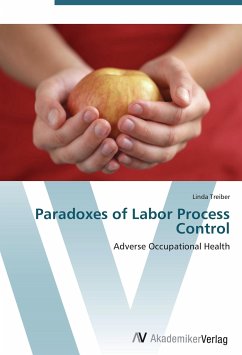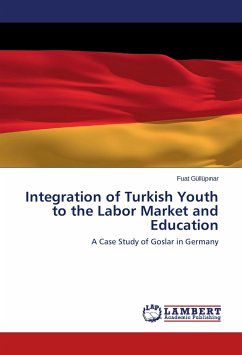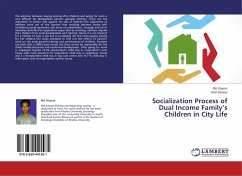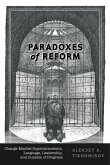Revision with unchanged content. Does having control over your work make you less likely to get injured on the job? Or is workplace safety climate more important to your health? What are the effects of using your skills on the job? What are the positive and negative effects of having friendly co-workers? What are the most important factors in determining exhaustion and persistent pain? How does workplace organization contribute to overall health? Most of the existing literature on worker health and safety fails to appreciate the ways in which workers are embedded in a social context with complex relationships. Often, epidemiologic models lack a critical approximation of power and control. This book critically examines the intended and unintended health consequences of worker autonomy, skill, and social cohesion, drawing from labor process theory and from epidemiologic models of host, agent/exposure, and environment. It is directed toward injury prevention researchers, sociologists, behavioral health experts and industrial management professionals.
Bitte wählen Sie Ihr Anliegen aus.
Rechnungen
Retourenschein anfordern
Bestellstatus
Storno








